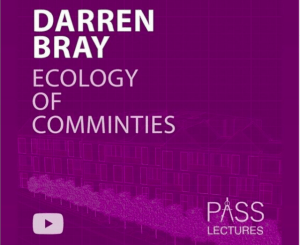Studio BAD have been working on several urban planning schemes, each looking at how design can positively assist with the recovery plans after COVID-19, helping to support a deeper, stronger recovery for urban centres and create greener urban centres going forward.
The ’20 Minute City’ concept is an idea I have become increasingly interested in as a model to embrace. This idea is a break away from the current trend, which tends to zone aspects of life separately, like living and working, relying on private cars as the main mode of transport. This concept instead brings together all aspects of day to day life, so rather than having our lives separated, this plan brings everything one might need on a day to day basis, such as work, home, doctors and schools, within a short distance. The concept goes hand in hand with the urgent need to address our climate changes and introduce a green policy across our cities.
The COVID-19 pandemic has given us an opportunity to rethink how we live. With so many of us now successfully working from home it has made people question the need, and want, to go back to commuting long distances to work on a daily basis. Bringing everything within a short distance, which is can be covered without needing a car, creates richer and more liveable neighbourhoods which could help regenerate our urban centres after the pandemic.
The core principles include being able to live locally with a diversity of housing, with a mix of commerce and utilities linked by a safe, walkable urban neighbourhood, safe cycling routes, high-quality public realm and open spaces. Everyday needs should be met within this 20 minute radius without the need of a car, shifting the need for private transportation and improving the ability to walking, cycling or using public transport for most needs. The concept it intentionally loose, allowing each area to embrace it individually and edit to fit the needs of the local context and community.
Our project at Bedford Place, in central Southampton, looked at fresh ways to revive this niche area just to the north of the main shopping area. The streets are well regarded as an area for boutique shopping but have been badly hit by the pandemic, to support social distancing the streets were closed to cars and we looked at how this could be built on to inject new life into the community and the public realm, strengthening the sense of community and supporting local economies to thrive.
Infographic source; c40knowledgehub.org
